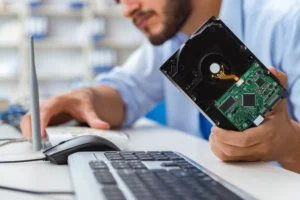Computers, like any other machines, experience issues from time to time. Whether you’re a san diego computer repair expert or a tech enthusiast, mastering the ability to identify warning signs and efficiently address them is essential for optimal system performance.
Sometimes the machine lets you know it’s having trouble by beeping, and a little listening can reveal even more problems. Other times, a dreaded Blue Screen of Death indicates a serious hardware problem that needs immediate attention.
Power-On Self-Test (POST) codes
The POST is the first set of diagnostic tests that your computer runs when you power it on. It checks that all of your system’s hardware elements are functioning properly. If it finds a problem, it will display or beep a code that lets you know where to begin troubleshooting.
You can also see a list of POST codes on your motherboard or BIOS maker’s website for help in understanding what the codes mean. Each code is a 2-digit hex code generated by the motherboard during POST and can be used to identify a particular piece of hardware.
For example, if the POST code is 0x7D, it indicates that the memory on the computer is bad. You can then remove the memory from the computer and try again to boot. Similarly, the POST code could indicate that the CMOS battery is dead, which would require replacing it to fix the problem. Other error codes indicate that the motherboard or its components are not working properly.
